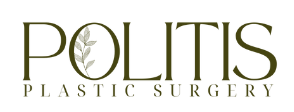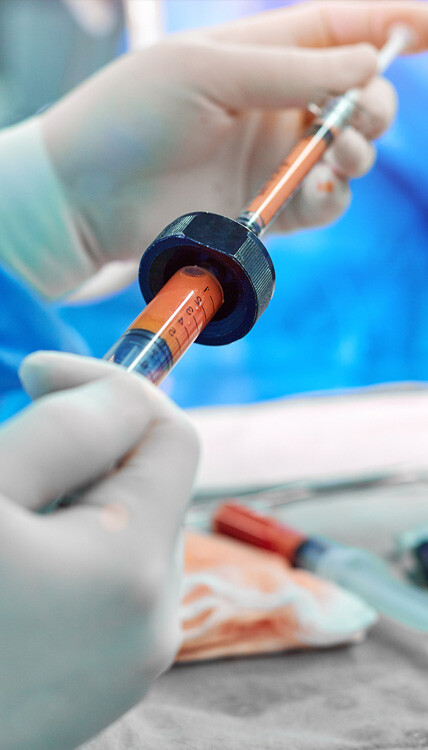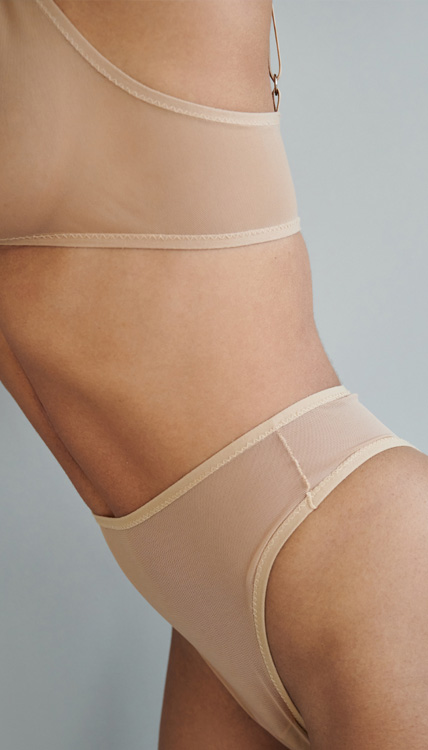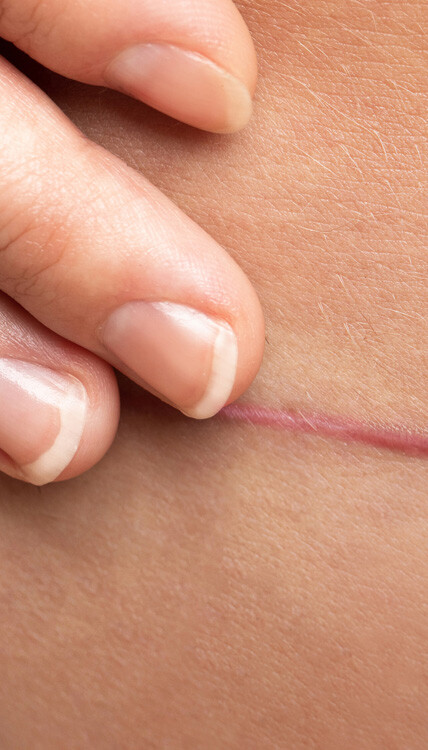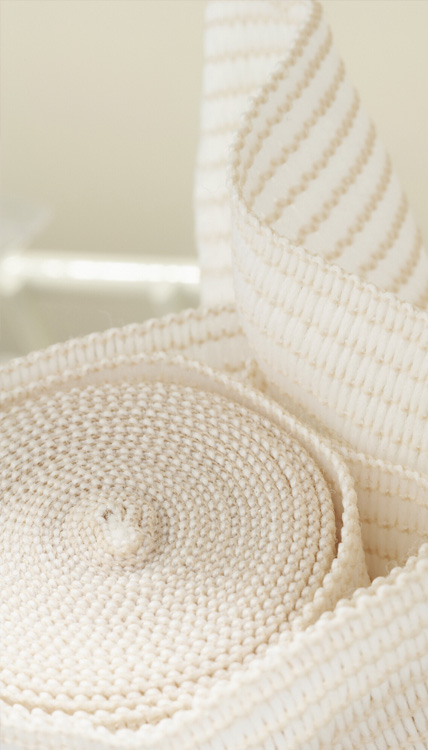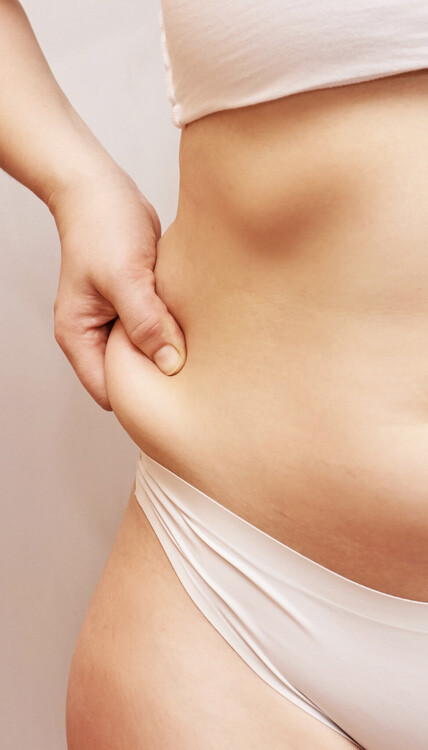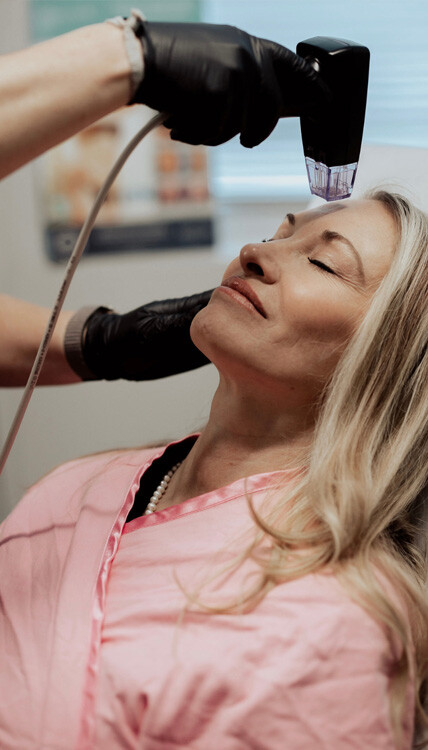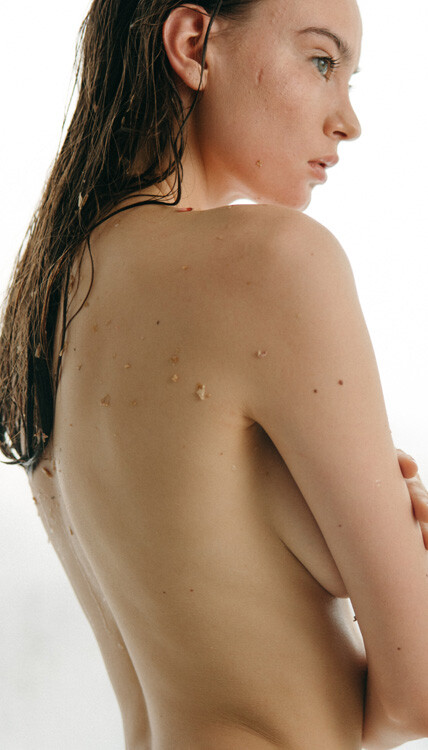Breast augmentation is the surgical procedure to increase breast size. It is a great option for women who don’t like their breast size and would like to improve the shape of their bust line. While increased breast size can be achieved through implants, some women don’t like foreign substances being placed in their bodies.
If you are such a woman with concerns about the use of implants, then breast augmentation with fat grafting or fat transfer is a viable option for you. Plus, it is a safe procedure that achieves great results.
At Politis Plastic Surgery, we provide a combination of high quality implants and safe fat transfer surgery to help women achieve their desired breast shape and volume. And we proudly offer the fat transfer approach as an effective alternative to implants in enhancing breast appearance.
What is fat grafting?
Also called autologous breast augmentation, fat grafting is the removal of fat through liposuction from one area of the body and transferring it to another part where it helps to enhance volume.
The fat is usually harvested from the stomach, flanks or thighs and then separated from blood and other liposuction fluids. It is also cleaned with antibiotic solution to ensure that only healthy, non-infectious tissue is used for breast augmentation.
Processed fat is then slowly injected into the breasts to the desired shape and volume, completing the augmentation procedure. Once injected, the fat fills in the hollowing that has occurred due to weight loss, trauma, surgery or ageing, and immediately helps to increase volume and enhance shape.
After the injection of fat, the plastic surgeon gently massages the breasts to make sure the fat deposits are distributed evenly for a smooth, uniform appearance. Since the fat comes from the body, there are typically no adverse reactions to it.
Is the procedure ideal for you?
Breast augmentation by fat transfer is a perfect option for you if your breasts are naturally smaller in size or asymmetrically shaped. The procedure may equally help if you have loss of shape or volume after pregnancy, dramatic weight loss or aging.
More specifically, fat grafting is a great option if you desire a more natural alternative to breast implants. Of course, you’ll need to have an adequate amount of fat on your body so that your plastic surgeon can harvest enough of it for the grafting. If you are a very thin woman or lack excess fat in your body, then you’re unfit for the procedure.
Increasing breast size by fat transfer is also perfect for you if you don’t like the dramatic results produced by breast implants. Fat grafting typically results in a more subtle enhancement. Plus, you won’t need to remove or replace the fat like is done with breast implants.
Besides, fat transfer is great if you want to fix minor issues. You can undergo breast augmentation by fat grafting to achieve a smaller increase in breast size, fix minor breast asymmetry, enhance breasts without scarring, or fine-tune the results of a breast implant procedure.
During your initial consultation, Dr. Effie Politis will assess your body to determine if you have enough fat for liposuction. The surgeon will also establish whether you are in good health for the procedure. Likewise, you will be instructed to refrain from tobacco products or to quit smoking before the surgery as smoking directly affects the healing of cells and tissues.
What results should you expect?
You should expect your breast to increase by one full cup size after fat grafting. The breasts will feel soft and natural, and you will see the full effects of the procedure within a few months.
Dr. Effie Politis uses safe, cutting-edge liposuction technology to efficiently harvest fat without damaging the surrounding tissue. So by following your post-operative care instructions carefully, you should expect quick recovery and should be back on your feet within a few days.
It is normal for the body areas that underwent liposuction to feel sore. Also, you’ll have some bruising and swelling in the treated areas. But you’ll have prescribed pain relief medication to help minimize the discomfort as you recover.
Unmatched breast augmentation results
Would you like to enhance your breasts naturally? Through breast augmentation by fat transfer, you can achieve your desired breast size without the risks associated with breast implants.
At Politis Plastic Surgery, we offer a safe, effective fat grafting procedure that produces remarkable results. When you contact us for the procedure, Dr. Effie Politis will schedule your consultation session immediately.
Then, during your visit, she will review your medical history, do a physical examination, and discuss your aesthetic goals and options. She will not only answer your questions and make valuable suggestions, but will also design for you a personalized fat grafting procedure to achieve your desired results.
For more information on how to enhance your breasts through breast augmentation, visit us at Politis Plastic Surgery in Tampa, FL for your plastic surgery.
